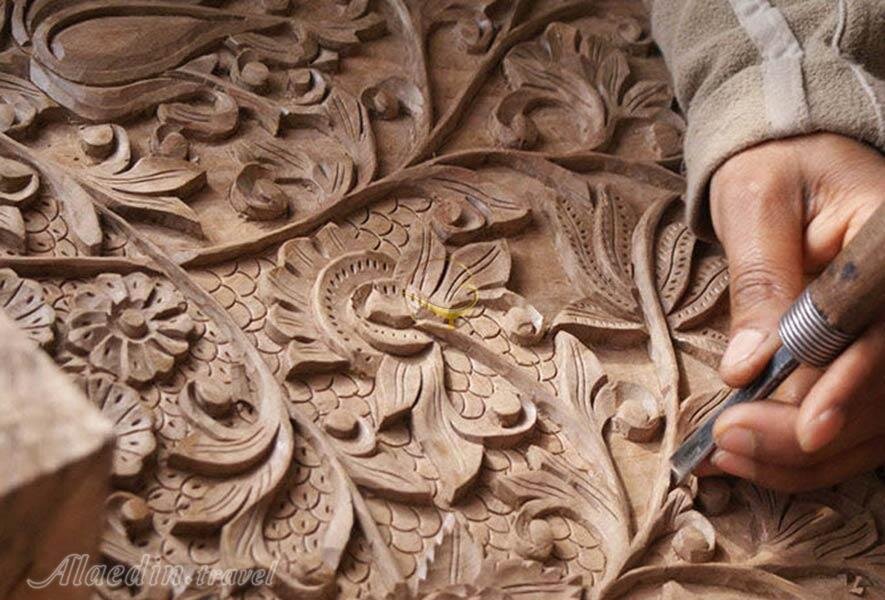Ancient artistry: the enduring legacy of Nazok-Kari in Urmia

TEHRAN - Nazok-Kari is an ancient craft being practiced in Urmia, in northwest Iran.
Passed down through generations for centuries, the craft It is about making very delicate objects from wood, both useful and artistic.
There are two main ways to do Nazok-Kari. In one way, small pieces of wood with different colors are cut and placed next to each other. They look like they're one piece of wood. Then, they're polished and painted.
This is similar to wood marquetry, as said by Visit Iran, an official travel guide.
The second way is to use one type of wood, often walnut. Objects like bowls, plates, and jewelry boxes are made by cutting and polishing pieces of this wood.
Different kinds of wood are used, like bright cream and white wood from peat trees. These contrast with the dark knots in walnut wood. When polished, these woods create fascinating effects.
Other woods used in Nazok-Kari include Maple, Buckthorn, Plane, Pine, and Alder. Materials like cold or hot gum and lacquer are also used, along with tools like manual or electric grinders, saw chisels, clamps, and grinding machines.
Urmia, the capital of the province, is on a fertile plain near Lake Urmia. Here, grains, fruits, tobacco, and other crops grow well. Most people in Urmia are Azeri Turkish, with some Kurdish, Assyrian Christian, and Armenian minorities. The plain also has remains from ancient settlements and traces of the Urartu kingdom.
AM
